Anatomy of the Spine – The spinal column is the body’s main support structure. Its thirty-three bones, called vertebrae, are divided into five regions: cervical, thoracic, lumbar, sacral and coccygeal.
Conditions
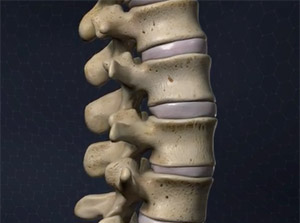
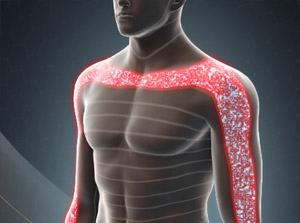
Cervical Radiculopathy – This condition is an irritation or compression of one or more nerve roots in the cervical spine. Because these nerves travel to the shoulders, arms and hands, an injury in the cervical spine can cause symptoms in these areas. Cervical radiculopathy may result from a variety of problems with the bones and tissues of the cervical spinal column.

Cluster Headaches – This condition is a neurological problem that results in periodic episodes of intense pain. Cluster headaches are one of the most painful types of headaches. They often strike in cyclical patterns. The person will have frequent bouts of cluster headaches, and then the headaches will stop completely for a period of time.
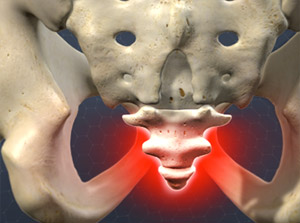
Coccydynia – This condition is an inflammation of the tip of the tailbone, called the coccyx. It causes pain and tenderness between the buttocks.
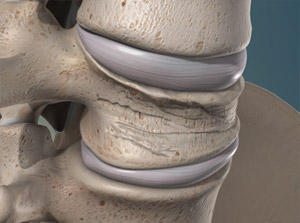
Compression Fractures of the Spine – This type of fracture is a collapse of the vertebral bone that can affect one or more vertebra. It can result in a severe deformity of the spinal column. Compression fractures may affect any of the vertebrae, but most commonly occur in the lower thoracic and upper lumbar regions.
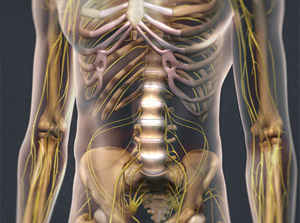
Degenerative Disc Disease – This condition is a weakening of one or more vertebral discs, which normally act as a cushion between the vertebrae. This condition can develop as a natural part of the aging process, but it may also result from injury to the back.
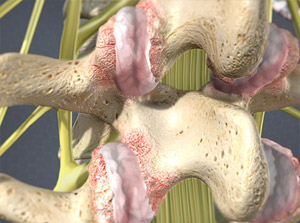
Facet Joint Syndrome – This condition is a deterioration of the facet joints, which help stabilize the spine and limit excessive motion. The facet joints are lined with cartilage and are surrounded by a lubricating capsule that enables the vertebrae to bend and twist.
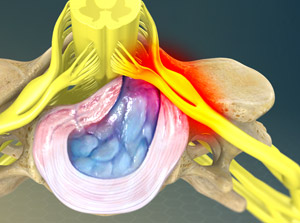
Herniated Disc (Cervical) – When a disc in the cervical spine ruptures, soft material from inside the disc can form a bulge that presses painfully against the spinal cord and nerve roots.

Herniated Discs – A herniated disc is a common injury that can affect any part of the spine. A herniated disc can cause severe pain and other problems in the arms or legs.

Lumbar Radiculopathy (Sciatica) – This condition is an irritation or compression of one or more nerve roots in the lumbar spine. Because these nerves travel to the hips, buttocks, legs and feet, an injury in the lumbar spine can cause symptoms in these areas. Sciatica may result from a variety of problems with the bones and tissues of the lumbar spinal column.
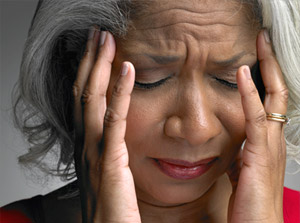
Migraine Headaches – A migraine is an intense, throbbing headache that may be accompanied by nausea or dizziness. A migraine can last from hours to days.
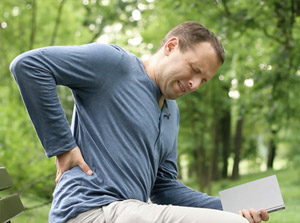
Post Laminectomy Syndrome – Post laminectomy syndrome, also called failed back syndrome, is a continuous and chronic pain that can develop after certain types of back surgery.
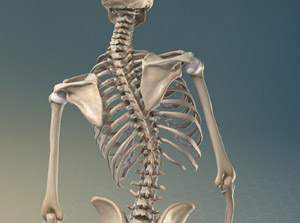
Scoliosis – This condition is an abnormal curvature of the spine. It most often develops in early childhood, just before a child reaches puberty.
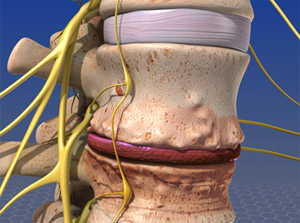
Spinal Infection – In most cases, spinal infection is caused when an illness or infection somewhere in the body is carried to a disc in the spinal column. Even when the illness has passed, the infection stays in the disc and spreads to the vertebral bones, causing pain and deformity.
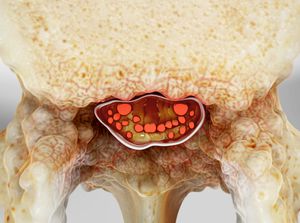
Spinal Stenosis – The spinal column contains open spaces that create passageways for the spinal cord and the spinal nerves. Spinal stenosis is a narrowing of (or an intrusion into) these openings. This can cause a compression of the nerves. Spinal stenosis most commonly affects the cervical and lumbar regions of the spine.
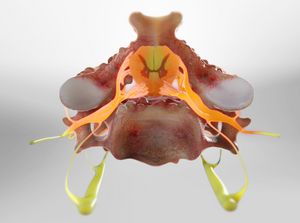
Spinal Stenosis (Cervical) – This condition is a narrowing of the spinal canal that results from the degeneration of bones, discs, or joints in the cervical spine.
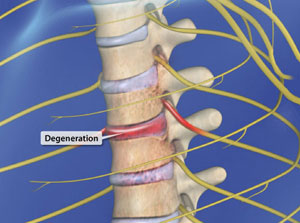
Spinal Stenosis (Thoracic) – This condition is a narrowing of the spinal canal that results from the degeneration of bones, discs, or joints in the cervical spine.
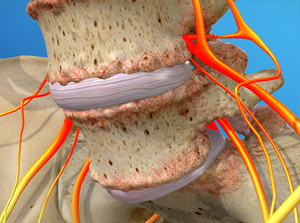
Spondylolisthesis – This condition is a narrowing of the spinal canal that results from the degeneration of bones, discs, or joints in the cervical spine.
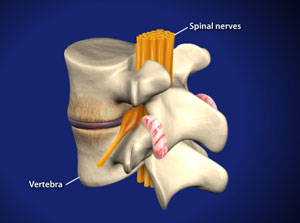
Spondylosis – This condition is a narrowing of the spinal canal that results from the degeneration of bones, discs, or joints in the cervical spine.

Tension Headaches – This condition is a narrowing of the spinal canal that results from the degeneration of bones, discs, or joints in the cervical spine.
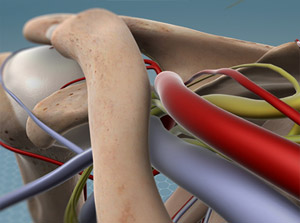
Thoracic Outlet Syndrome – This condition is a narrowing of the spinal canal that results from the degeneration of bones, discs, or joints in the cervical spine.
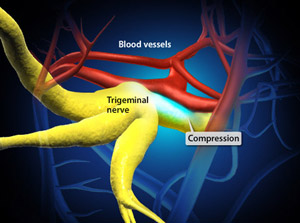
Trigeminal Neuralgia (TN) – This condition is a narrowing of the spinal canal that results from the degeneration of bones, discs, or joints in the cervical spine.

Where Lower Back Pain Begins – This condition is a narrowing of the spinal canal that results from the degeneration of bones, discs, or joints in the cervical spine.
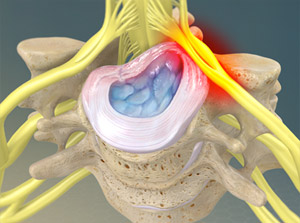
Where Neck Pain Begins – This condition is a narrowing of the spinal canal that results from the degeneration of bones, discs, or joints in the cervical spine.
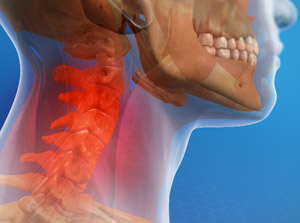
Whiplash (CAD Syndrome) – This condition is a narrowing of the spinal canal that results from the degeneration of bones, discs, or joints in the cervical spine.
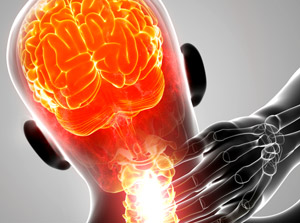
Whiplash Headache – This condition is a narrowing of the spinal canal that results from the degeneration of bones, discs, or joints in the cervical spine.
Procedures

Anesthesia (Lumbar Puncture, Spinal Anesthesia) – This condition is a narrowing of the spinal canal that results from the degeneration of bones, discs, or joints in the cervical spine.
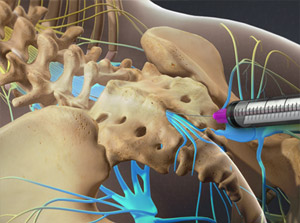
Caudal Epidural Steroid Injection – This condition is a narrowing of the spinal canal that results from the degeneration of bones, discs, or joints in the cervical spine.
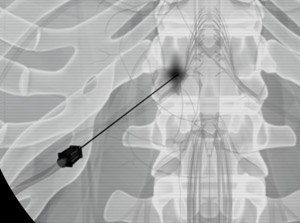
Celiac Plexus Block – This condition is a narrowing of the spinal canal that results from the degeneration of bones, discs, or joints in the cervical spine.
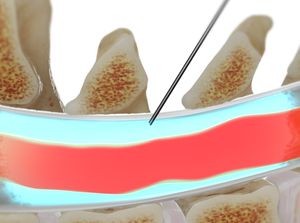
Cervical Epidural Steroid Injection – This condition is a narrowing of the spinal canal that results from the degeneration of bones, discs, or joints in the cervical spine.
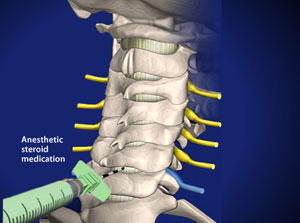
Cervical Epidural Steroid Injection (without contrast) – This condition is a narrowing of the spinal canal that results from the degeneration of bones, discs, or joints in the cervical spine.
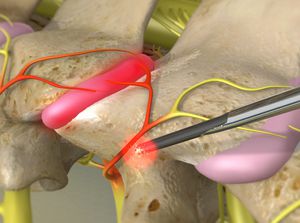
Cervical Facet Radiofrequency Neurotomy – This condition is a narrowing of the spinal canal that results from the degeneration of bones, discs, or joints in the cervical spine.
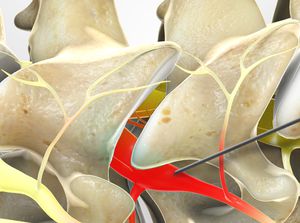
Cervical Selective Nerve Root Block – This condition is a narrowing of the spinal canal that results from the degeneration of bones, discs, or joints in the cervical spine.
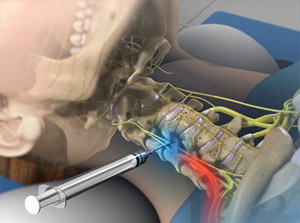
Cervical Transforaminal Epidural Steroid Injection – This condition is a narrowing of the spinal canal that results from the degeneration of bones, discs, or joints in the cervical spine.
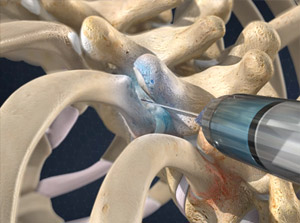
Costovertebral Joint Injection – This condition is a narrowing of the spinal canal that results from the degeneration of bones, discs, or joints in the cervical spine.
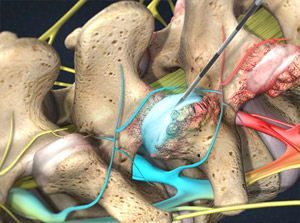
Facet Joint Injections – This condition is a narrowing of the spinal canal that results from the degeneration of bones, discs, or joints in the cervical spine.
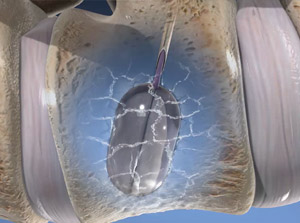
Kyphoplasty – This condition is a narrowing of the spinal canal that results from the degeneration of bones, discs, or joints in the cervical spine.
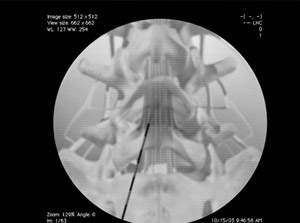
Lumbar Epidural Steroid Injection – This condition is a narrowing of the spinal canal that results from the degeneration of bones, discs, or joints in the cervical spine.

Lumbar Epidural Steroid Injection (without contrast) – This condition is a narrowing of the spinal canal that results from the degeneration of bones, discs, or joints in the cervical spine.
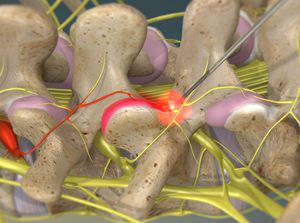
Lumbar Radiofrequency Neurotomy – This condition is a narrowing of the spinal canal that results from the degeneration of bones, discs, or joints in the cervical spine.
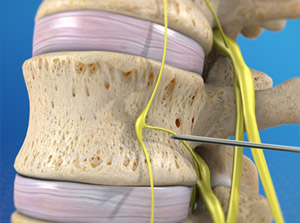
Lumbar Sympathetic Block – This condition is a narrowing of the spinal canal that results from the degeneration of bones, discs, or joints in the cervical spine.

Lumbar Transforaminal Epidural Steroid Injection – This condition is a narrowing of the spinal canal that results from the degeneration of bones, discs, or joints in the cervical spine.
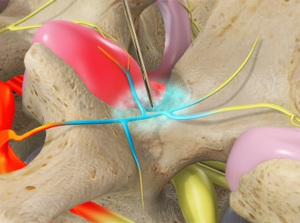
Medial Branch Block – This condition is a narrowing of the spinal canal that results from the degeneration of bones, discs, or joints in the cervical spine.
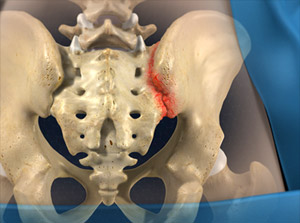
Sacroiliac Joint Steroid Injection – This condition is a narrowing of the spinal canal that results from the degeneration of bones, discs, or joints in the cervical spine.
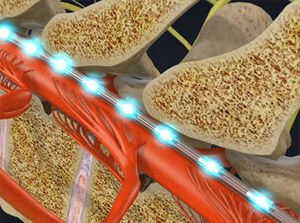
Spinal Cord Stimulation (Boston Scientific) – This condition is a narrowing of the spinal canal that results from the degeneration of bones, discs, or joints in the cervical spine.
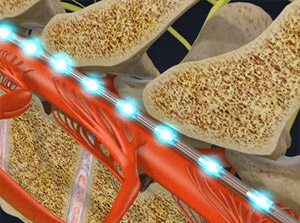
Spinal Cord Stimulator Implant – This condition is a narrowing of the spinal canal that results from the degeneration of bones, discs, or joints in the cervical spine.
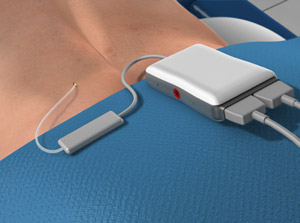
Spinal Cord Stimulator Implant (Trial Procedure) – This condition is a narrowing of the spinal canal that results from the degeneration of bones, discs, or joints in the cervical spine.
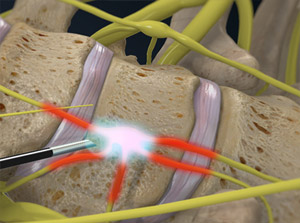
Stellate Ganglion Block – This condition is a narrowing of the spinal canal that results from the degeneration of bones, discs, or joints in the cervical spine.
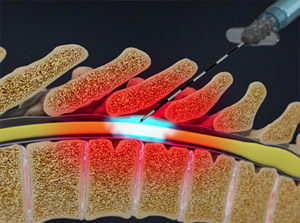
Thoracic Epidural Steroid Injection – This condition is a narrowing of the spinal canal that results from the degeneration of bones, discs, or joints in the cervical spine.
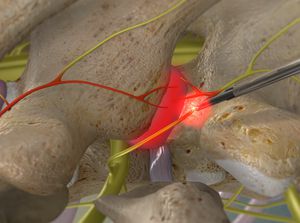
Thoracic Facet Radiofrequency Neurotomy – This condition is a narrowing of the spinal canal that results from the degeneration of bones, discs, or joints in the cervical spine.
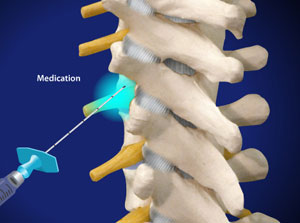
Thoracic Transforaminal Epidural Steroid Injection – This condition is a narrowing of the spinal canal that results from the degeneration of bones, discs, or joints in the cervical spine.
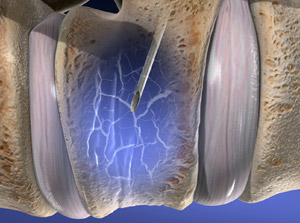
Vertebroplasty – This condition is a narrowing of the spinal canal that results from the degeneration of bones, discs, or joints in the cervical spine.
